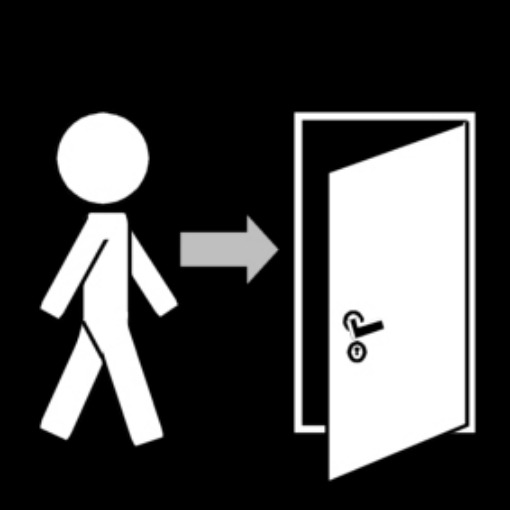(As published in the Sunday Star Times, June 07,2015)
I believe that websites can be optimised to act like vibrant salespeople rather than boring one-dimensional brochures. But, like the best salespeople, they need to be measured, monitored and have their performance and progress tuned in order to work at their full potential. Google Analytics is the ideal tool for this job – even better, it’s free. You just need to learn how to drive it.
Last week I explained how to use Google Analytics to uncover as much information as you can about those who visit your site but fail to convert into anything exciting, like revenue or leads. Information like where they were physically located, their gender and age, and what part of the Internet they were at before they clicked on your site. I likened this to someone standing outside your shop with a clipboard, questioning shoppers for similar information.
This week I’m on the quest for more answers to help you uncover the real reasons why so few of your website visitors do what you want them to. This time we want to find out why they left your website, empty-handed or without leaving their details for more information.
In a bricks and mortar store, you could get some insight into customer behaviour by surreptitiously following someone around your store, recording where they walk, what they look at and for how long. Doing this may alert you to why some customers leave without buying anything.
You can do this for your website, too, by checking out what order visitors browse your web pages.
There’s a great report inside your Google Analytics account called “Behaviour Flow”, which you’ll find in the “Behaviour” section. This is a cool graphical view of what pages people see and the order in which they see them.
The 80/20 principle applies neatly here: 20 percent of your pages will capture 80 percent of your visitors’ attention. The Behaviour Flow report will tell you which pages are in the small but powerful 20 percent group – you’ll find the home page generally falls into this category. Since these pages are so popular and make so much impact, you want to make sure they are working as hard as they should be. You only get a few pages to make a first impression, as such – this report will show you which of your pages are failing on the good impression front.
Now, you would expect (or hope) to see people moving seamlessly through your website, from page to page, before they eventually convert into a customer or lead. But if that’s not happening, you need to figure out which is the problem page. Looking at your report, which of those powerful 20 percent pages do visitors most commonly exit from? What’s the last page they view before they disappear off your site? If you can see a pattern here, you need to tweak or rework that page in order to stop losing potential customers.
It’s a bit like discovering the sales assistant in your popular jewellery area of your store is putting customers off – once you’ve found they’re a problem, you need to performance manage them.
For example, do visitors check out your home page then your “Services” page but disappear after looking at your “About us” page? You need to do some work here. Look at reworking your copy, design or images on the page – is it something you’ve said, or not said? Does it read badly or not have enough information and credentials to convince people that you’re the best? Get the help of a copy-writer if you need it.
You also need to ensure you make the next logical step for the visitor more obvious – where are they meant to go from here? If you want them to head to your “Book an appointment” or “Sign up to our newsletter” page, make it clear. Website visitors respond very well to clear direction.
Chris owns Ark Advance, which specializes in online marketing and website optimisation, helping businesses sell more online. See www.arkadvance.com

